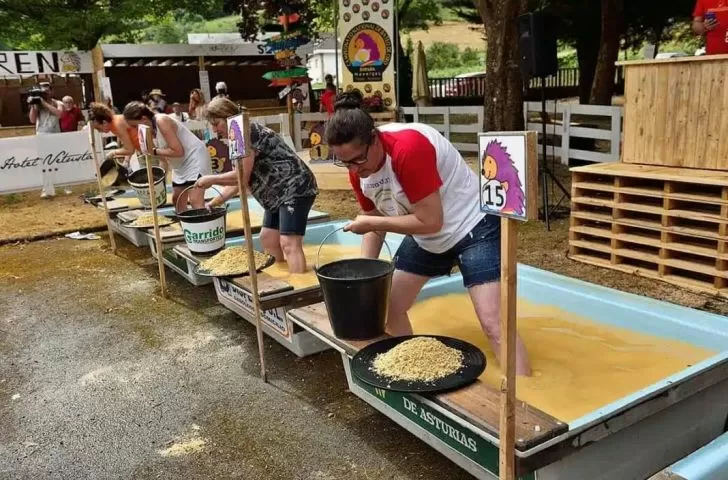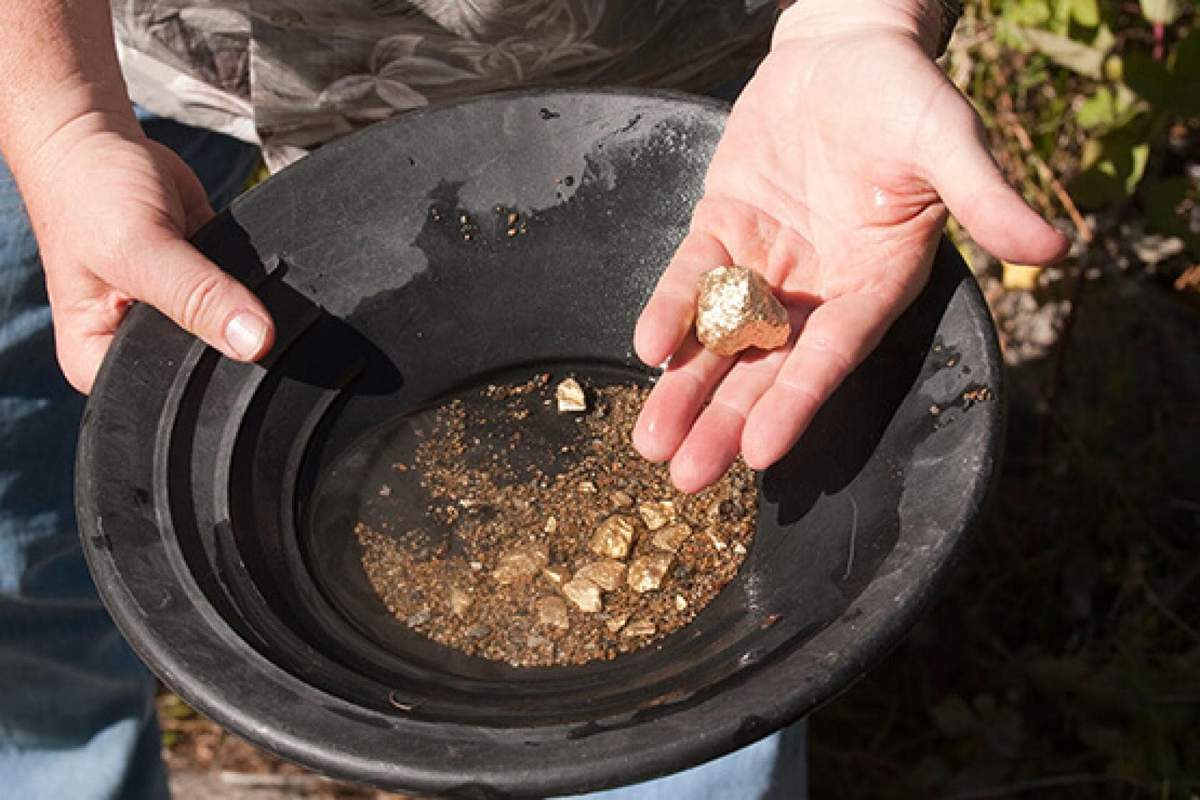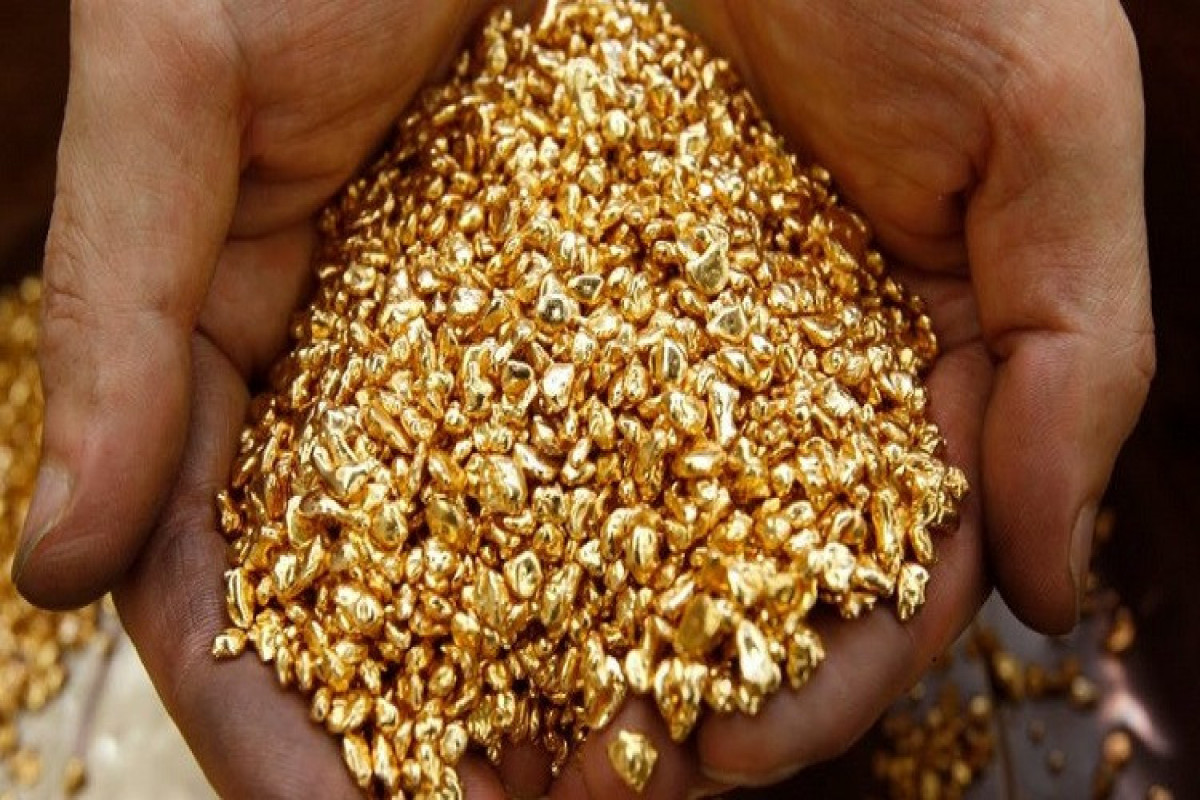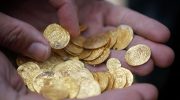Since time immemorial, the precious metal gold has fascinated humanity, becoming a symbol of wealth and power. Although many believe that the largest deposits have already been exploited, in a corner of the Spanish region of Asturias it is still possible to find this precious metal in unexpected places.
In the municipality of Tineo, an apparently ordinary river hides a secret treasure that has caught the attention of adventurers, tourists and treasure hunters.
A river that celebrates the National Gold Panning Championship
Every year, the small village of Navelgas, in Spain, is filled with excitement as it celebrates the National Gold Panning Championship. This event attracts hundreds of participants who brave the cold river waters in search of the largest amount of gold in the shortest time possible.

Beyond the competition, the championship is a true celebration of the mining culture of Asturias. With activities for all ages and a festive atmosphere, the event allows visitors to experience first-hand a tradition that has lasted for centuries.
Gold in the Navelgas River: the geology that makes this phenomenon possible
The gold in the Navelgas river is of alluvial origin, which means that it comes from deposits in the surrounding mountains. Over time, erosion has released small particles of gold, which have been carried away by the current and deposited in the riverbed.

These golden fragments, although tiny, can have significant value, especially for those who enjoy the thrill of finding their own nugget. The key to success in the search for gold is patience and technique, as the precious metal is often mixed with sand and stones at the bottom of the river.
A Roman legacy that continues to shine
The exploitation of gold in Asturias is not a recent phenomenon. During the Roman Empire, the region was an important center for the extraction of precious metals. The Romans used various techniques to extract gold, including hydraulic mining, which consisted of channeling large amounts of water to erode the rock and release the valuable minerals.
Today, the legacy of that era lives on in Navelgas, where gold panning has evolved from a subsistence activity to a tourist and cultural experience.









